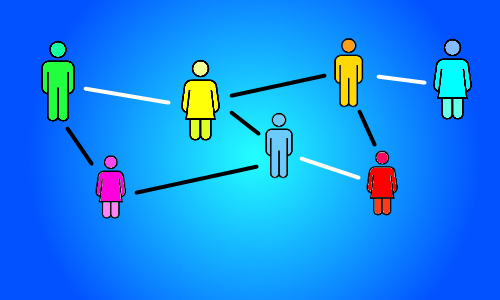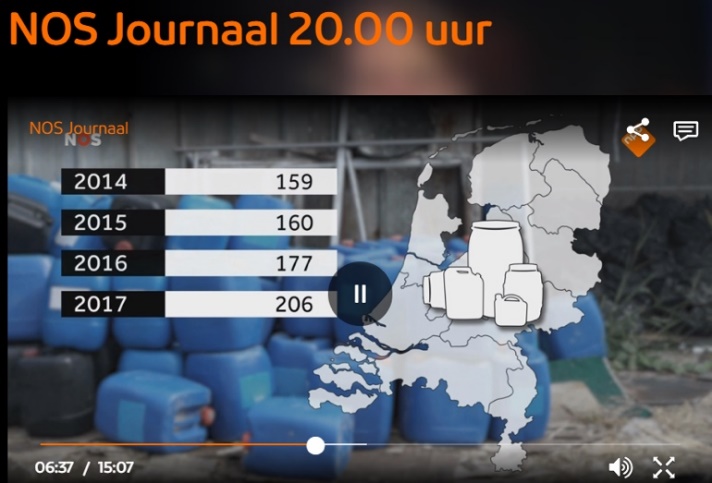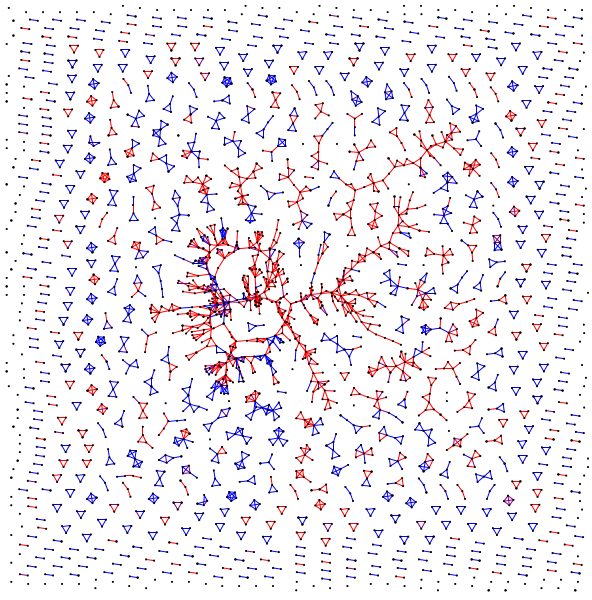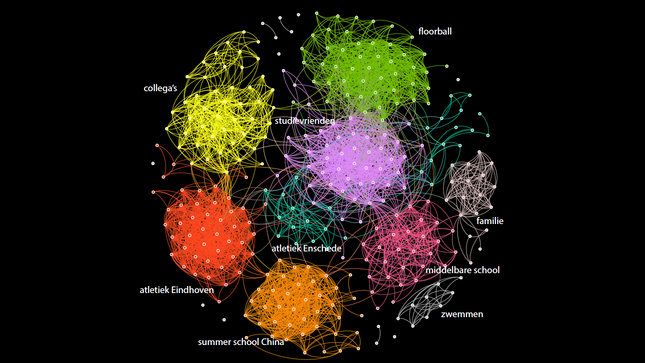How to plan Valentine’s day using a matching algorithm

Finding a dating schedule that matches pairs of potential lovers up into dating couples, is an example of an algorithmic problem. There is a clearly defined input, given by the lists of who is considered an acceptable dating partner to whom. It is also clear what we want as the output: a pairing of classmates into acceptable boy-girl pairs that has as many pairs (dates) as possible. How can you find the best dating schedule?
NETWORKS goes to school 2019
On 14 and 21 March 2019 a masterclass event on networks and their applications was organized by the NETWORKS program at the Technical University of Eindhoven and in Leiden University. This two day event was intended for secondary education students and teachers who want to broaden their scientific horizons by having a glimpse into state of the art […]
Drugs dumping in the Netherlands; a gentle introduction to uncertainty and statistics.

Most of you will agree with my girlfriend that when the number of drugs dumping increases for three years in a row, this points to an increase in the demand for drugs, the number of illegal producers, the amount of drugs produced etc. Doing some math you will see this may not be the case.
Quantum synchronization in complex networks

As many phenomena in the classical world have quantum counter part, it raises the question if this is also true for synchronization. As synchronization is a collective phenomenon, it may help gaining a better understanding of how collective phenomena in the classical and quantum world are connected.
Synchronization

Synchronization is a phenomenon which has received a lot of attention in the last few decades. It is the mechanism by which a group of individuals that go through some periodic motion begin moving through the same parts of their cycles at the same time.
Financial Economics: Informal Collaboration, Networks, and Gender

How is scientific knowledge created? Are there patterns and special characteristics behind the flow of scientific knowledge? In this article I will guide you through my research work and try to give some answers to these questions!
"Look it up on the Internet!" - How Web Search Works

In this article we will have a look at how search engines work. What happens when you type the query in the famous, almost magical, Google's white page? And what does it have to do with networks?
Artificial intelligence for two-year olds

One of my biggest pleasures of life is to watch my children learn things that we take for granted. Some months ago my daughter learned the skill of jumping. I asked myself how to teach a machine to do this.
Complex networks

Have you ever wondered what mathematicians mean when they talk about mathematical models of real-life phenomena? And what can such a model tell us about the network-phenomenon we are studying?
What does your Facebook network look like?

Have you ever wondered if you can visualise your Facebook network? And what do these networks have to do with mathematics?
